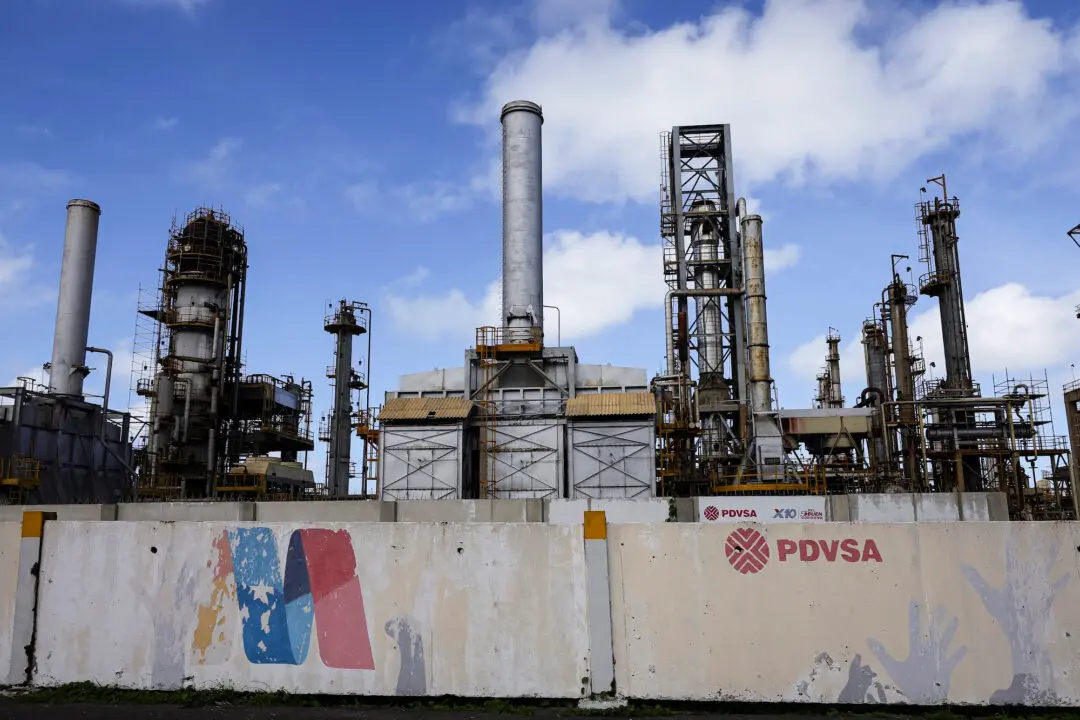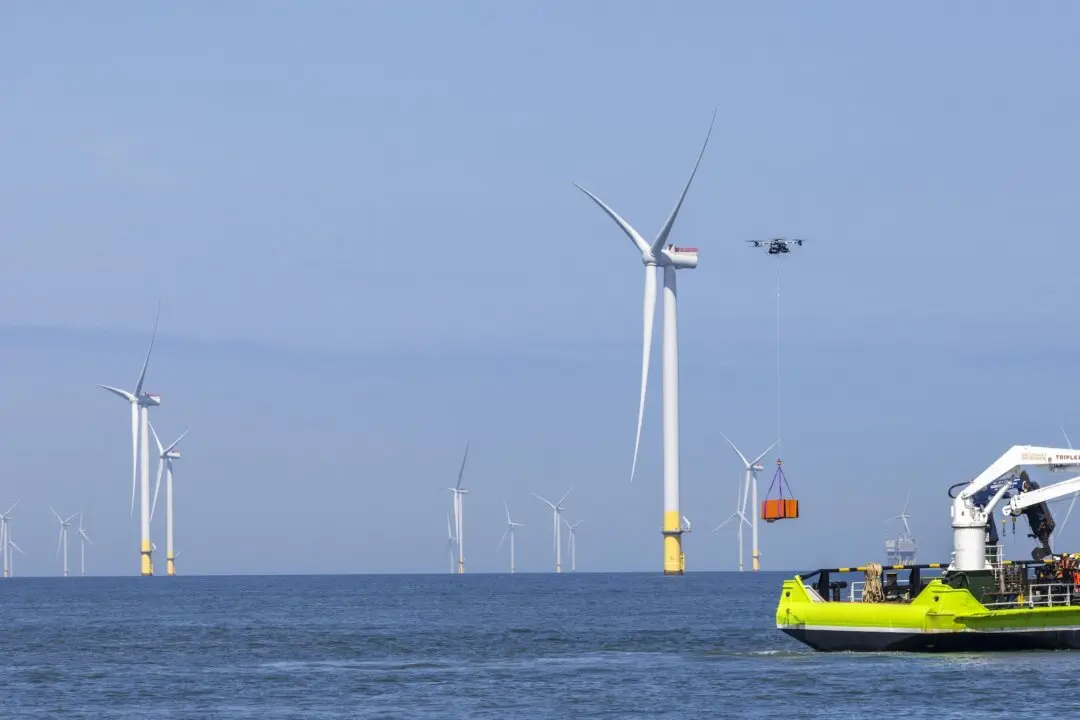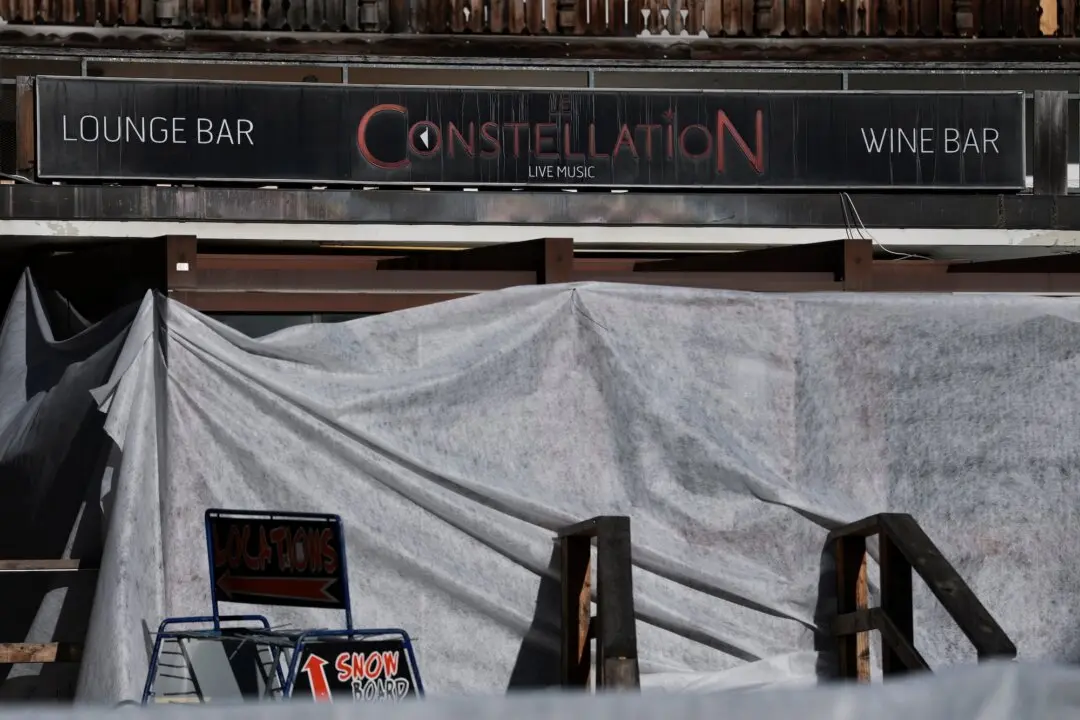Former Federal Reserve Bank of Dallas President Robert Kaplan said that the regional banking crisis may be more serious than commonly believed and called for the central bank to pause its rate hiking cycle to give policymakers more time to address the risks.
Kaplan made the remarks in an interview on Bloomberg TV, in which he called for the central bank to deliver a so-called “hawkish pause” when it announces its decision on interest rate levels later on Wednesday.





